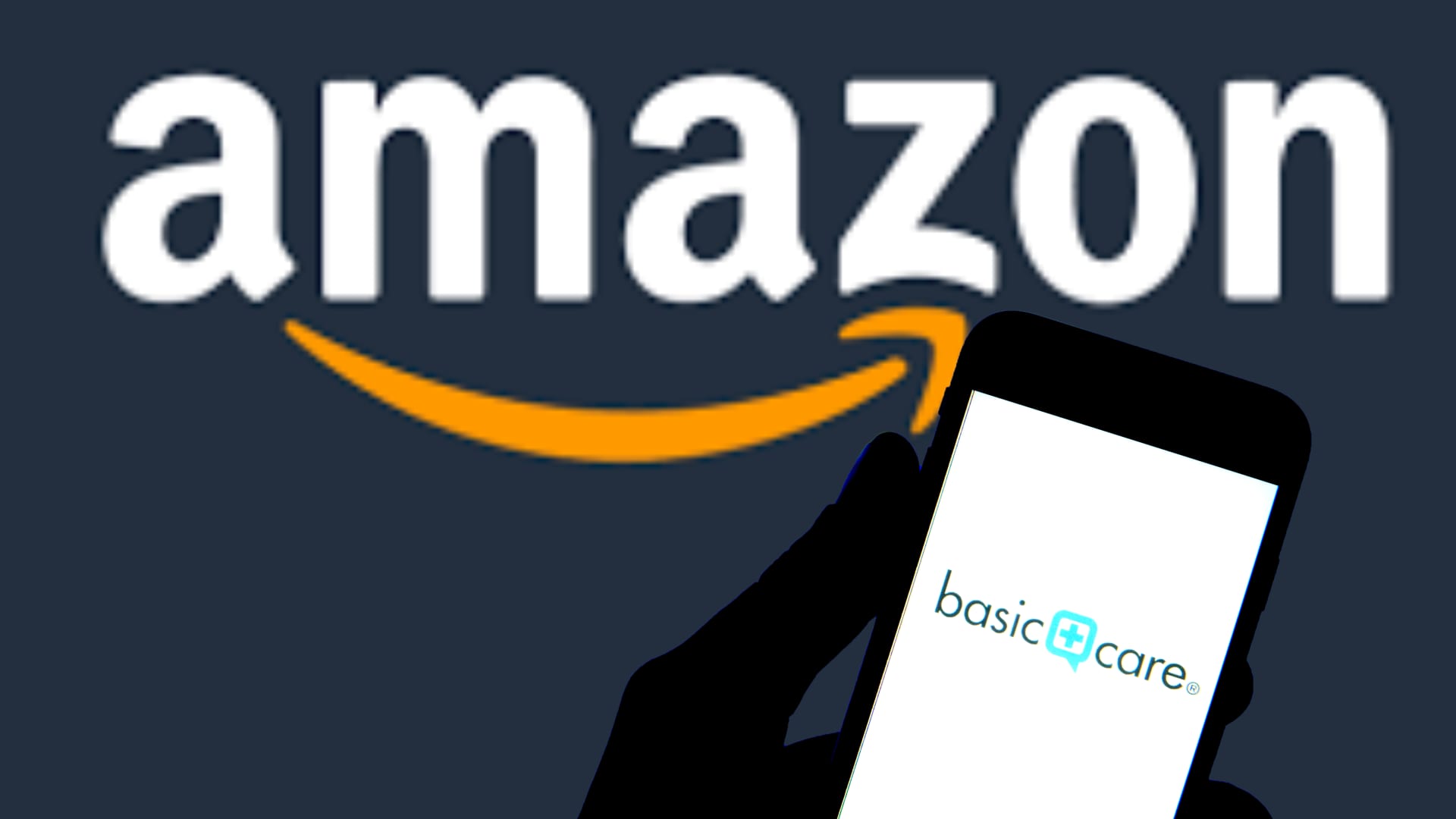How Tumblr went from a $1 billion Yahoo payday to a $3 million fire sale


In this weekly series, CNBC takes a look at companies that made the inaugural Disruptor 50 list, 10 years later.
Tumblr — the short form, multi-media blogging platform, that in many ways defined the online sensibilities of a coming-of-age generation — turned 15 this year.
Despite recent years of waning users and declining cultural relevance, 2022 has offered a glimpse into the platform’s hope for re-cultivated popularity and significance, as new leadership leans into the ethos of creativity that first begat the platform.
From its beginnings, Tumblr was characterized by its rejection of the mainstream and its embrace of unfettered creativity.
In 2007, after stumbling upon a microblog called Projectionist, which tracked together tumblelogs — a blog variation that favors short-form, mixed-media posts over longer editorial posts — Tumblr co-founder David Karp became fascinated with this alternative to traditional blogging. He paused his software consulting endeavor and focused on creating his own tumbleblog platform — which he subsequently named, Tumblr.
The platform allowed users to post a myriad of different content, from photos and gifs to music and text entries. From its inception, Karp prioritized features that he believed would cultivate the most creativity — and rejected the monetary and status driven incentives that he thought other platforms, such as YouTube and Facebook, relied on to drive use.
At the time, he spoke plainly on the subject, directly positing Tumblr’s anti-advertisement and anti-influencer culture against what he perceived as the anti-creative practices of other major platforms. “The only real tools for expression these days are YouTube, which turns my stomach,” he said at the time. “They take your creative works – your film that you poured hours and hours of energy into – and they put ads on top of it. They make it as gross an experience to watch your film as possible. I’m sure it will contribute to Google’s bottom line; I’m not sure it will inspire any creators.”
Tumblr positioned itself against the other social media platforms of the times in another way — its focus on anonymity. Whereas Facebook aimed to put a name and a face to users’ entire social network, Tumblr thrived on anonymous accounts, in which the platform displayed no public follower or friend counts, no comment sections, and had no requirements for users to provide real names or information.
By the end of Tumblr’s first year, Spark Capital invested $750,000 at a valuation of $3 million. And shortly thereafter, Spark Capital along with Union Square Ventures and invested another $4.5 million.
In 2009, Tumblr won the Crunchie Award for “Best New Startup,” and by 2010, it had amassed over one million users, causing investors to pour an additional $85 million into the business, valuing it at $850 million.
Tumblr was exploding, and by the end of 2011, the platform had accrued over ten billion blog posts.
Clearly, users were drawn to the platform’s unique environment, where they could exchange photos, aesthetics, art, music, and ideas, cultivating a sense of style and opinion, all while never having to reveal their identity.
Celebrities, such as Frank Ocean and Taylor Swift, similarly flocked to the site to interact with fans, and entire fandoms centered around television shows and musical artists took shape, and a distinctly Tumblr aesthetic, one that characterized the digital sensibilities of the mid 2010’s, began to emerge.
But shortly after making CNBC’s very first Disruptor 50 list in 2013, Yahoo acquired Tumblr for a then-staggering $1.1 billion, with Yahoo CEO Marissa Mayer promising, “not to screw it up.”
But Yahoo was faced with an undeniable reality — the fact that Tumblr had never really managed to become profitable. The platform was used and loved by a massive user base, but that didn’t translate to profits. Yahoo tried to monetize the platform through ad sales, which previous leadership had resisted, and struggled to do so. The fact that Tumblr didn’t require user’s true identities, and that adult-oriented content permeated the platform, steered away potential advertisers.
Furthermore, as social media began to shift towards a creator economy that emphasized creators’ real faces and voices, Tumblr, which historically thrived on anonymity and lacked a strong video presence, or follower count, struggled to keep up. Shifting leadership knew little about the platform culture, and the platform’s adherence to anonymity and unattractiveness to advertisers, led to Tumblr’s decline.
As Tumblr struggled to redefine itself, competitors like Twitter, Instagram, and Facebook developed new front-end features that drew users in by the masses. And Yahoo itself was struggling. In February 2016, after posting a Q4 2015 net loss of $4.44 billion, Yahoo announced that it wrote down the value of Tumblr by $230 million. In 2017, Tumblr was sold again, this time to Verizon. The following year, Apple removed Tumblr from its App Store citing the presence of child pornography on the app.
Tumblr and Verizon leadership responded by banning all explicit content, but the explicit content ban satisfied neither users or advertisers. It was a long time coming and advertisers were not willing to invest a substantial amount of money on a platform that toted content that wasn’t brand friendly, while there was also a mass exodus of users from the app with the explicit content algorithm being criticized for flagging content inaccurately. Within months of the decision being announced, the platform’s traffic dropped by over 30 percent.
In 2014, at least 84 million posts were published every day. By 2018, that number had dropped over 50%, to 30 million. And in 2019, Software developer Automattic acquired the platform for mere $3 million, back to the initial VC funding valuation from the company’s first year.
Despite Tumblr’s decline, Matt Mullenweg, CEO of Automattic, argues that the future of Tumblr is just beginning.
He has spent the last three years aiming to fix the bugs, back-logged service requests, and platform design issues that Automattic inherited when it acquired the platform. “Honestly, the past two years we’ve been doing a lot of catch-up there with Tumblr,” he told The Verge earlier this year. “And the problem was bigger than I imagined.”
Mullenweg has also suggested that the company is in the process of re-working the extent of Tumblr’s current explicit content ban, which had driven away so many users. “If you look at our other products like WordPress.com, we have policies there that allow a lot more than what’s currently allowed on Tumblr,” he told The Verge. “That’s what we’re going to try to normalize, because those policies have evolved and iterated and worked really well to allow a statue of David or The Birth of Venus. Right now, that could get taken down — or in old Tumblr it could have gotten taken down. That’s obviously art,” he said.
His vision further includes the potential for NFT experimentation.
Evidence that there may indeed be the possibility of a second renaissance for Tumblr lies within its user data — that 60% of Tumblr users are Gen Z — indicating that although many original users have since left the platform, young people are still flocking to it, searching for the same market of free self-expression that once made Tumblr a hit with creators.
“Art is necessary for society. It feeds the soul. It’s naturally transgressive,” Mullenweg told The Verge. “Art pushes boundaries. We need to evolve how Tumblr moderation works to encompass that. It needs to be the best place on the web for art and artists — a place where they can have a direct relationship to their audience and people can follow things, not an algorithm that’s trying to enrage you.”
Sign up for our weekly, original newsletter that goes beyond the annual Disruptor 50 list, offering a closer look at list-making companies and their innovative founders.
This post has been syndicated from a third-party source. View the original article here.




